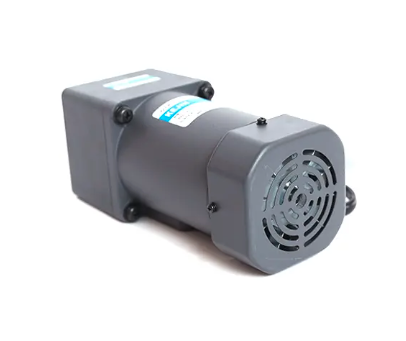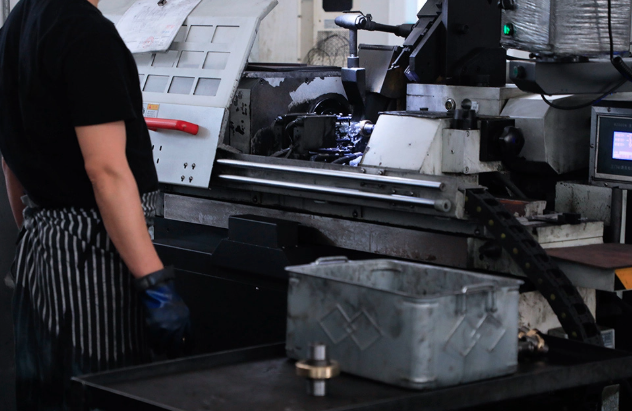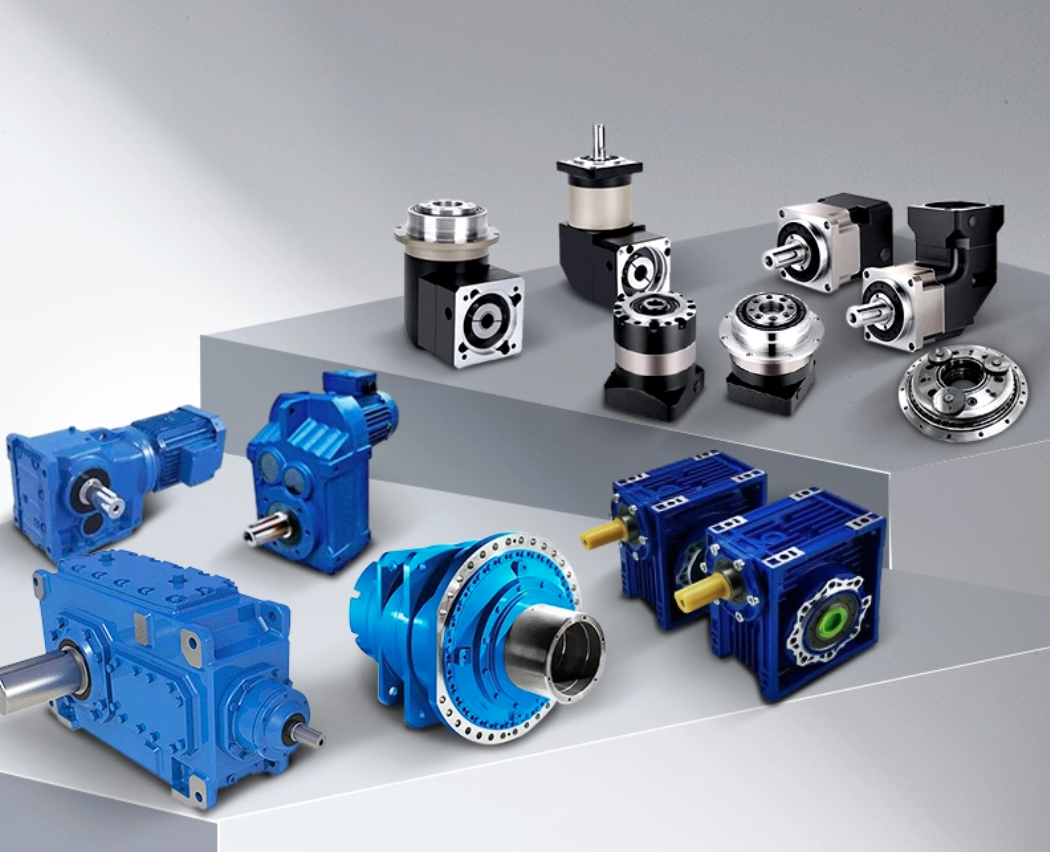- All
- Product Name
- Product Keyword
- Product Model
- Product Summary
- Product Description
- Multi Field Search

Selecting the right gearmotor is crucial for efficient machinery and long-term reliability. The right choice impacts energy consumption, machine performance, and operational costs. Learn how to choose the perfect gearmotor for your application. Explore torque, speed, duty cycle, environment, and electrical factors to ensure optimal performance and reliability.

Servo gearmotors are the heartbeat of many automated systems. From CNC machines to robotics, they ensure precise movement, accurate positioning, and consistent performance. Spot the 9 warning signs of servo gearmotor failure, from unusual noises to overheating. Qingdao Chinese Science Machinery Co., Ltd. offers high-quality motors, expert guidance, and warranty-backed support.

Gearmotors are everywhere—hidden inside machines we use daily, from elevators and conveyor belts to medical scanners and robotics. A gearmotor combines a motor with a gearbox, creating a compact system that balances speed, torque, and efficiency.

Understanding Gear RatiosA gear ratio shows how input speed compares to output speed in a gearmotor or reducer. It tells us how many turns of the motor shaft make the output shaft rotate once. Understanding how to choose the gear ratio for a gearmotor or reducer ensures your system runs efficiently.

Electric motors are the backbone of industrial machinery, home appliances, and automated systems. Choosing the right motor can influence efficiency, performance, and long-term operational costs. Among AC motors, two main types dominate: synchronous motors and asynchronous (induction) motors.

Worm gear screw jacks are essential components widely used in various industries for lifting, lowering, and positioning heavy loads with precision. The versatility of these devices extends not only to their structural designs but also to the range of power sources and operation modes available. Selecting the right power source and operation mode plays a crucial role in optimizing performance, improving safety, and meeting specific application demands.